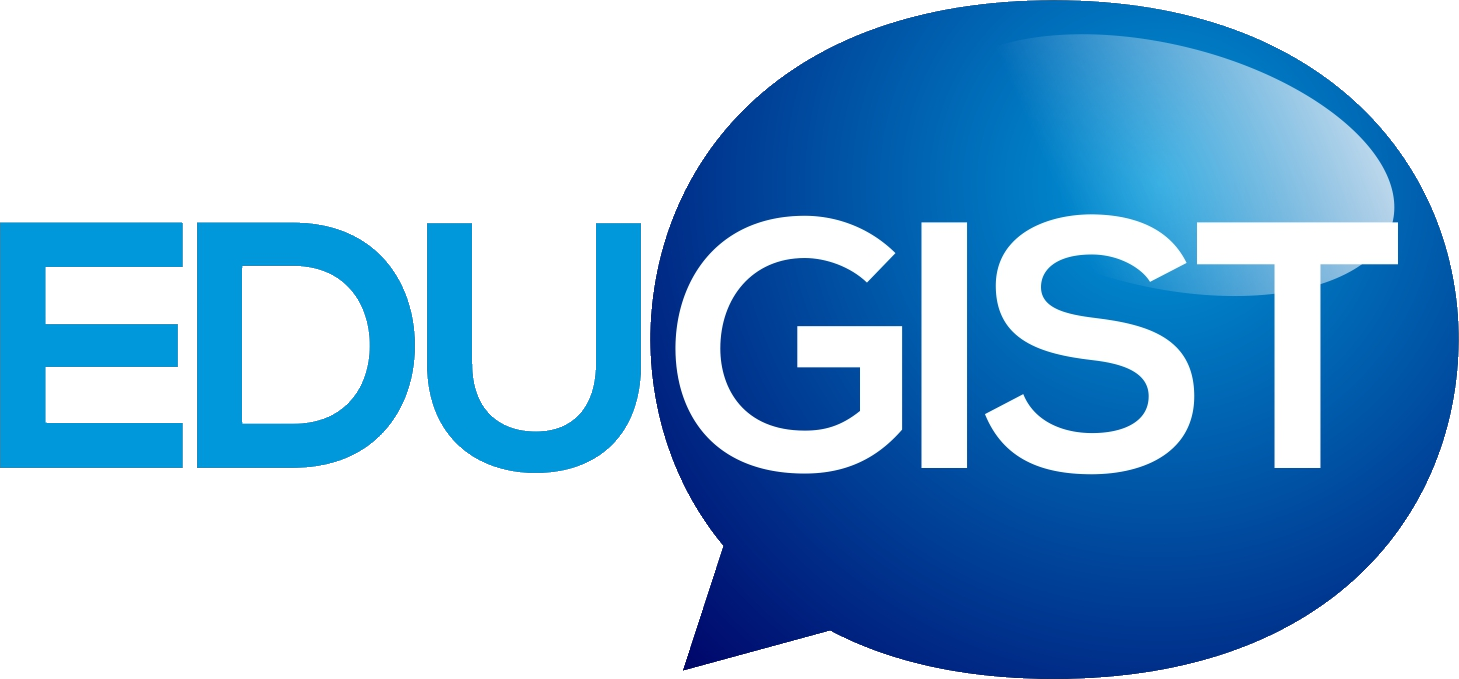By Karen Schweitzer
Curriculum design is a term used to describe the purposeful, deliberate, and systematic organization of curriculum (instructional blocks) within a class or course. In other words, it is a way for teachers to plan instruction. When teachers design curriculum, they identify what will be done, who will do it, and what schedule to follow.
Purpose of Curriculum Design
Teachers design each curriculum with a specific educational purpose in mind. The ultimate goal is to improve student learning, but there are other reasons to employ curriculum design as well. For example, designing a curriculum for middle school students with both elementary and high school curricula in mind helps to make sure that learning goals are aligned and complement each other from one stage to the next. If a middle school curriculum is designed without taking prior knowledge from elementary school or future learning in high school into account it can create real problems for the students.
Types of Curriculum Design
There are three basic types of curriculum design:
- Subject-centered design
- Learner-centered design
- Problem-centered design
Subject-Centered Curriculum Design
Subject-centered curriculum design revolves around a particular subject matter or discipline. For example, a subject-centered curriculum may focus on math or biology. This type of curriculum design tends to focus on the subject rather than the individual. It is the most common type of curriculum used in K-12 public schools in states and local districts in the United States.
Subject-centered curriculum design describes what needs to be studied and how it should be studied. Core curriculum is an example of a subject-centered design which can be standardized across schools, states, and the country as a whole. In standardized core curricula, teachers are provided a pre-determined list of things that they need to teach their students, along with specific examples of how these things should be taught. You can also find subject-centered designs in large college classes in which teachers focus on a particular subject or discipline.
The primary drawback of subject-centered curriculum design is that it is not student-centered. In particular, this form of curriculum design is constructed without taking into account the specific learning styles of the students. This can cause problems with student engagement and motivation and may even cause students to fall behind in class.
Learner-Centered Curriculum Design
In contrast, learner-centered curriculum design takes each individual’s needs, interests, and goals into consideration. In other words, it acknowledges that students are not uniform and adjusts to those student needs. Learner-centered curriculum design is meant to empower learners and allow them to shape their education through choices. Instructional plans in a learner-centered curriculum are differentiated, giving students the opportunity to choose assignments, learning experiences or activities. This can motivate students and help them stay engaged in the material that they are learning.
The drawback to this form of curriculum design is that it is labor intensive. Developing differentiated instruction puts pressure on the teacher to create instruction and/or find materials that are conducive to each student’s learning needs. Teachers may not have the time or may lack the experience or skills to create such a plan. Learner-centered curriculum design also requires that teachers balance student wants and interests with student needs and required outcomes, which is not an easy balance to obtain.
Problem-Centered Curriculum Design
Like learner-centered curriculum design, problem-centered curriculum design is also a form of student-centered design. Problem-centered curricula focus on teaching students how to look at a problem and come up with a solution to the problem. Students are thus exposed to real-life issues, which helps them develop skills that are transferable to the real world.
Problem-centered curriculum design increases the relevance of the curriculum and allows students to be creative and innovate as they are learning. The drawback to this form of curriculum design is that it does not always take learning styles into consideration.
Curriculum Design Tips
The following curriculum design tips can help educators manage each stage of the curriculum design process.
Identify the needs of stakeholders (i.e., students) early on in the curriculum design process.
This can be done through needs analysis, which involves the collection and analysis of data related to the learner. This data might include what learners already know and what they need to know to be proficient in a particular area or skill. It may also include information about learner perceptions, strengths, and weaknesses.
Create a clear list of learning goals and outcomes.
This will help you to focus on the intended purpose of the curriculum and allow you to plan instruction that can achieve the desired results. Learning goals are the things teachers want students to achieve in the course. Learning outcomes are the measurable knowledge, skills, and attitudes that students should have achieved in the course.
Identify constraints that will affect your curriculum design.
For example, time is a common constraint that must be considered. There are only so many hours, days, weeks or months in the term. If there isn’t enough time to deliver all of the instruction that has been planned, it will impact learning outcomes.
Consider creating a curriculum map (also known as a curriculum matrix) so that you can properly evaluate the sequence and coherence of instruction.
Curriculum mapping provides visual diagrams or indexes of a curriculum. Analyzing a visual representation of the curriculum is a good way to quickly and easily identify potential gaps, redundancies or alignment issues in the sequencing of instruction. Curriculum maps can be created on paper or with software programs or online services designed specifically for this purpose.
Identify the instructional methods that will be used throughout the course and consider how they will work with student learning styles.
If the instructional methods are not conducive to the curriculum, the instructional design or the curriculum design will need to be altered accordingly. Establish evaluation methods that will be used at the end and during the school year to assess learners, instructors, and the curriculum. Evaluation will help you determine if the curriculum design is working or if it is failing. Examples of things that should be evaluated include the strengths and weaknesses of the curriculum and achievement rates related to learning outcomes. The most effective evaluation is ongoing and summative.
Remember that curriculum design is not a one-step process; continuous improvement is a necessity. The design of the curriculum should be assessed periodically and refined based on assessment data. This may involve making alterations to the design part way through the course to ensure that learning outcomes or a certain level of proficiency will be achieved at the end of the course.








